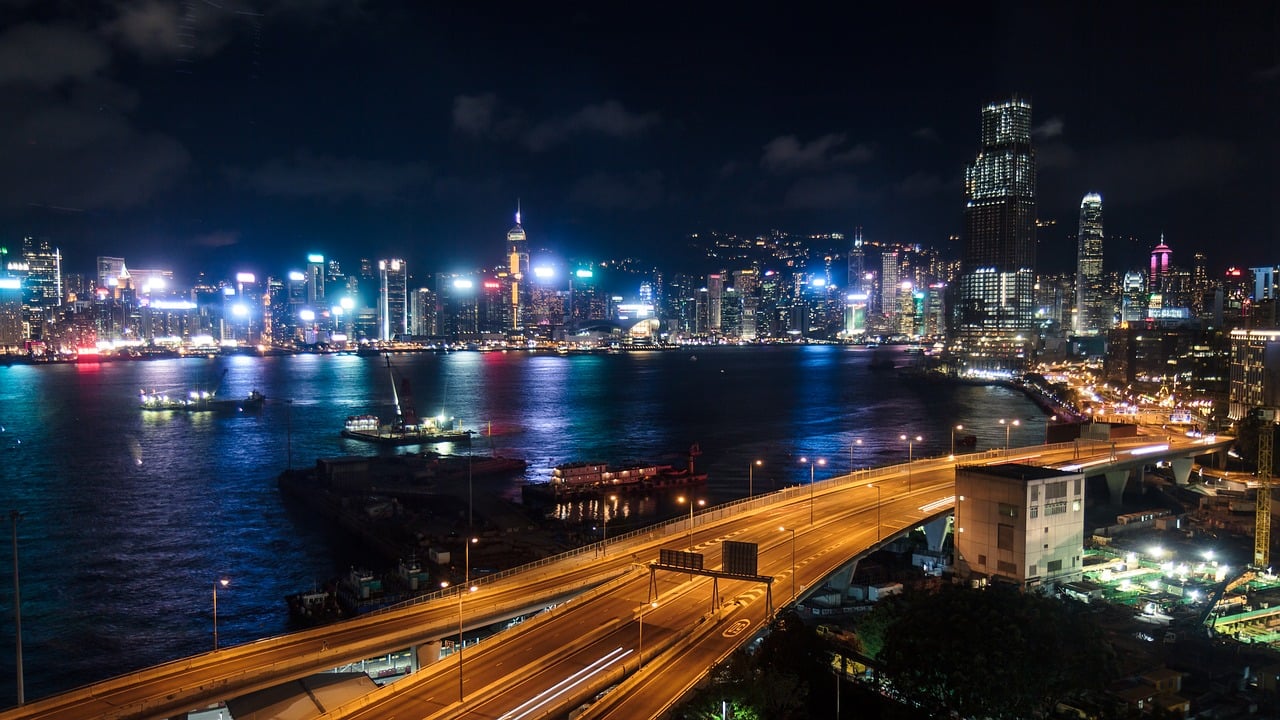Next month TeleGeography's Tristan Thibodeaux and Clara Chua will meet in Hong Kong for Capacity Asia 2017.
Tristan was kind enough to sit down with us and offer a preview of his presentation "Bigger and Better: 2017's Update on New Submarine Cable Projects and Launches." Get the scoop below and connect with Tristan and Clara on LinkedIn to meet up during the conference.
Also—TeleGeography readers who register for Capacity Asia can use the code TELEGEOGRAPHYASIA17 at checkout to receive 15% off. Enter the code, click "update cart," and redeem your discount.
You’ll be doing a presentation on new submarine cable projects and launches at Capacity Asia this December. What are some of the big updates you plan to cover?
Activity in Asia is booming. I’ll cover multiple new cables that have been publicly announced and look at some of their common traits.
A few of these coming cables will be built along new routes, bringing some much-needed path diversity to the region.
In the Pacific, both Palau and the Solomon Islands either have gotten or will soon get their first cable landings. As everyone now knows, content providers are investing in cables and two of the cables in this region will feature private branches. And along the lines of content providers, I’ll also discuss some of the ways their involvement has impacted the industry, especially the demand for bandwidth.
What’s the outlook for that region as far as sub cables are concerned?
The outlook is good. Investment is surging overall, and a large portion of that investment is focused on Asia. For example, $4.2 billion of new cables will enter service 2017-2019, and there are more in the works beyond this range.
$4.2 billion of new cables will enter service 2017-2019, and there are more in the works beyond this range.
Have content providers played a big role in the Asian cable market? And if so, how?
They are certainly playing a big role in terms of shaping demand. Content providers now account for close to half of total used bandwidth on some routes, particularly trans-Pacific ones.
With such large bandwidth requirements, content providers are making their presence felt throughout the region.
How might the conversation change by the time Capacity Asia 2018 rolls around? Any predictions for the Asia-Pac market in the next year?
I’m sure by the time Capacity Asia rolls around in 2018 there will be a few more active cables in the region. Bandwidth demand will continue to grow, specifically intra-regional bandwidth demand between internet hubs like Sydney and Singapore. Even with all these cables in the works; however, there is still a need for more route diversity.
I predict that this time next year we’ll be talking about even more new cable projects.



